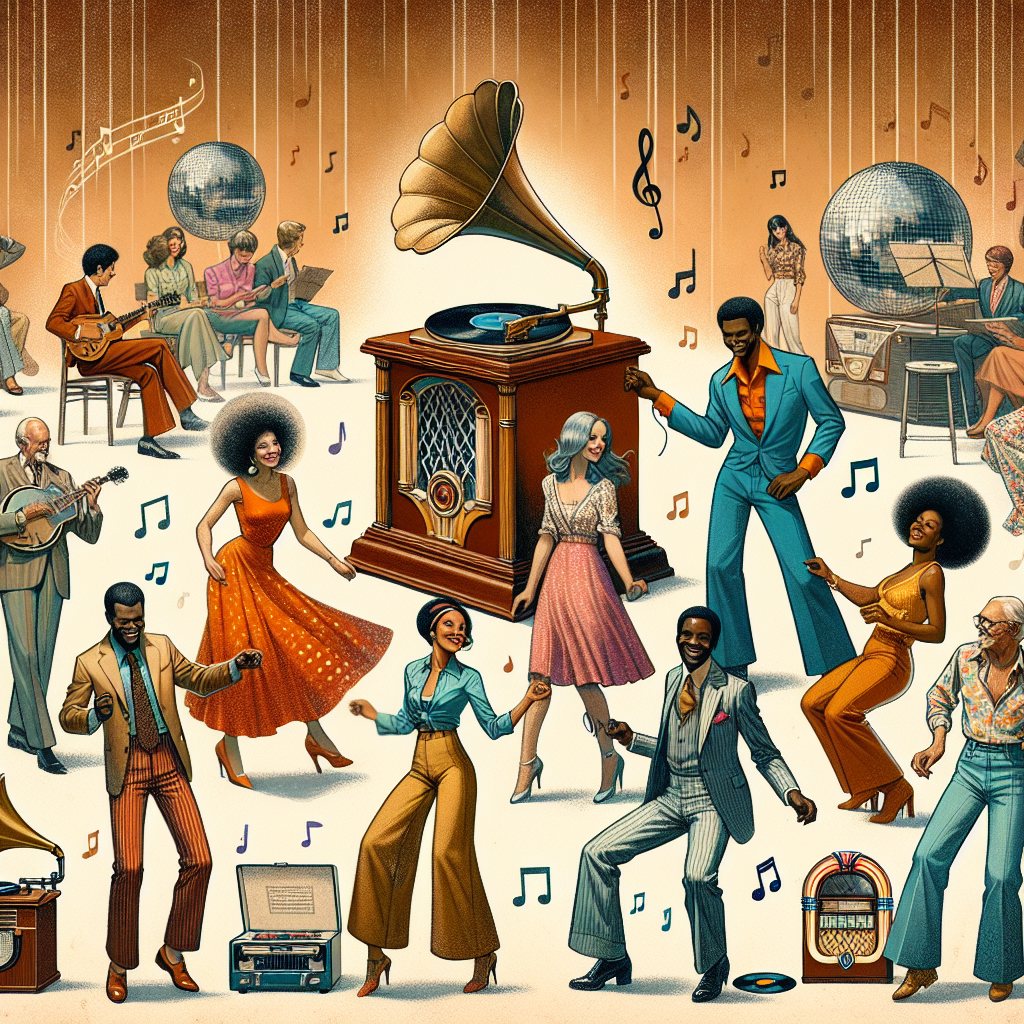Rock ‘n’ roll has been a powerful force in shaping culture and influencing society for decades. The music of the 50’s, 60’s, and 70’s played a significant role in defining generations and pushing boundaries. From the rebellious sounds of Elvis Presley to the psychedelic rock of the Beatles, rock ‘n’ roll has evolved over time, reflecting changes in technology, fashion, and politics.
The 1950s: The Birth of Rock ‘n’ Roll
In the 1950s, rock ‘n’ roll emerged as a new genre that combined elements of rhythm and blues, country, and gospel music. Artists like Elvis Presley, Chuck Berry, and Little Richard brought this energetic sound to mainstream audiences. With their wild performances and catchy tunes, these musicians captured the spirit of youth rebellion and freedom.
Politicians and parents were quick to criticize rock ‘n’ roll for its provocative lyrics and suggestive dance moves. However, this only fueled its popularity among teenagers who saw it as a form of expression and liberation from societal norms.
The 1960s: The Golden Age of Rock
The 1960s saw rock ‘n’ roll reach new heights with bands like The Beatles, The Rolling Stones, and Jimi Hendrix leading the way. These artists pushed boundaries both musically and socially, addressing issues like war, civil rights, and peace through their music.
Technology played a key role in shaping the sound of rock ‘n’ roll in the 60s. The invention of electric guitars and amplifiers allowed musicians to experiment with new sounds and create groundbreaking albums like “Sgt. Pepper’s Lonely Hearts Club Band” by The Beatles.
The 1970s: Rock Goes Mainstream
In the 1970s, rock ‘n’ roll continued to evolve with genres like glam rock, punk rock, and disco gaining popularity. Bands like Led Zeppelin, Queen, and David Bowie dominated the charts with their larger-than-life personas and theatrical performances.
Fashion also played a significant role in defining the look of rock stars in the 70s. Bell-bottom pants, platform shoes, leather jackets, and glittery costumes became iconic symbols of this era.
Conclusion
Throughout its evolution from the 1950s to the 1970s, rock ‘n’ roll has remained a powerful force in shaping culture and influencing society. Its rebellious spirit continues to inspire generations of musicians to push boundaries and challenge conventions.
As we look back on the influential music of the past decades, we can see how rock ‘n’ roll has not only entertained us but also sparked important conversations about politics, technology, fashion, and more. It is a testament to the enduring power of music to unite people across generations and make a lasting impact on our world.


Get involved!
Comments